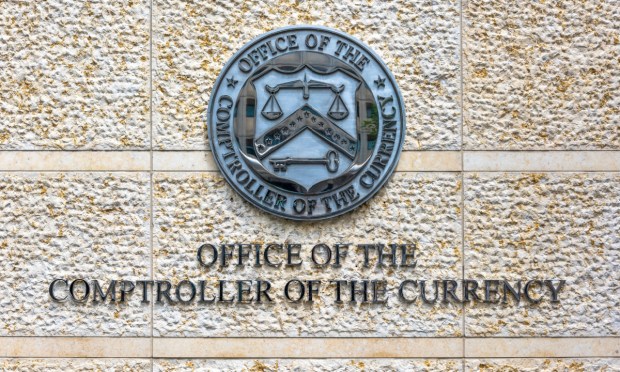
The digitization of financial services — and the rise of open banking — has given rise to a shifting landscape of partnerships.
And the pursuit of innovation has led to a slew of bedfellows. Traditional banks and FinTech upstarts have joined together. The banks have the accounts, the decades worth of data, the regulatory structures and guardrails in place. The FinTechs have the technology, the analytics and the user experiences. In the middle sit the platforms and the intermediaries that link the two. The regulatory landscape, itself fluid and dynamic, where the only surety is that there will be more regulation, may force a reckoning for the intermediaries.
News came this week that Treasury Prime, which operates a banking-as-a-service platform, has let go of about half of its staff and now is shifting its focus to sell directly to banks. Once its efforts had focused on FinTechs. And in that bid for connectivity, the company helped FinTechs and banks partners up.
The focus on the bank-direct model comes just over a year after, as documented here, Treasury Prime announced it had raised $40 million in Series C financing. CEO Chris Dean told Karen Webster back then that his firm would look to add about a dozen more banks to its platform.
Serving as a provider directly to banks, who in turn manage the FinTech relationships directly themselves, may be a course of action that other intermediaries and platforms pursue. Direct relationships have marked the likes of Affirm and Chime. Affirm partners with Cross River Bank and Celtic Bank, among others. Chime partners directly with Bancorp Bank and Stride Bank, for another example. Banks have noted, as seen in this PYMNTS Intelligence report, that collaboration is essential. More than three quarters of banks have said that partnerships with FinTechs are essential to meeting customer expectations. Almost all of the banks surveyed said that they use partnerships to enhance their digital product offerings.
The pivots come as regulators are turning more attention to due diligence and risk management, particularly third-party risk management. The intermediaries, we contend, are the types of third-party relationships that may be poised to invite more oversight. Banks bringing more of that control in-house may be a trend that takes on speed.
In its semiannual report on risk, the Office of the Comptroller of the Currency said late last year that “banks continue to adopt or consider FinTech relationships related to product and service offerings, and it is import that they effectively manage the resulting operational and compliance risks, including third-party risk management. It is important that banks understand the benefits and risks associated with each third-party relationship.”